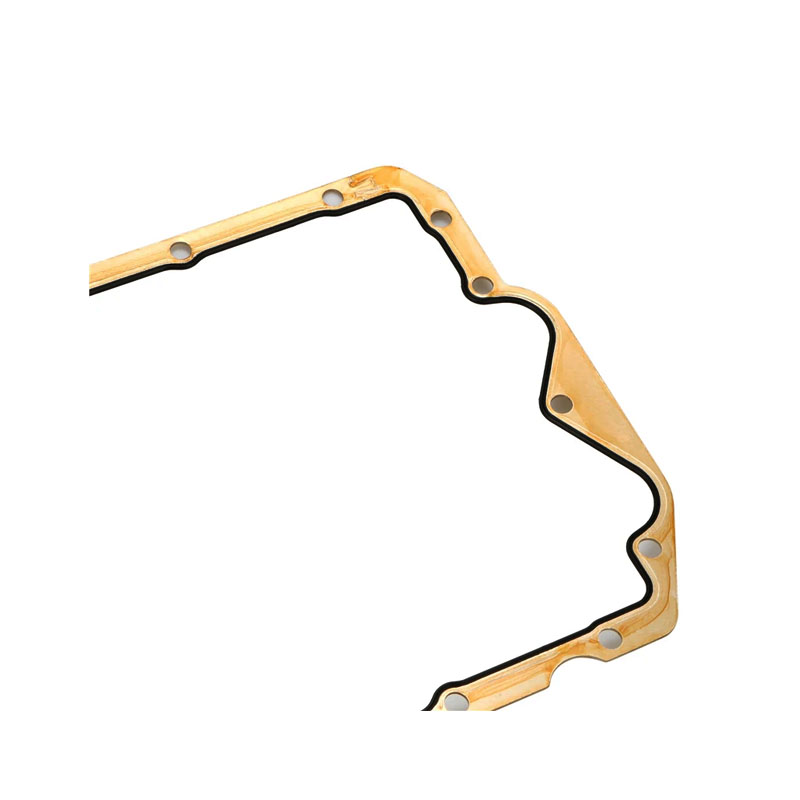oil cooler housing leak
Understanding Oil Cooler Housing Leaks in Vehicles
Oil cooler housing leaks are a common issue that many vehicle owners may encounter. The oil cooler itself plays a crucial role in the engine cooling system. It helps to regulate the temperature of the engine oil, ensuring optimal performance and longevity. When a leak occurs in the oil cooler housing, it can lead to serious complications if not addressed promptly.
The oil cooler housing is typically made of aluminum or plastic and is designed to withstand the pressures and temperatures of the engine. Over time, however, due to wear and tear, extreme temperature fluctuations, or improper installation, the housing can develop cracks or fail at the sealing points. This can result in oil seeping from the housing and potentially contaminating other engine components.
Symptoms of Oil Cooler Housing Leaks
Detecting an oil cooler housing leak early can prevent costly repairs down the line. Some common symptoms to watch for include
1. Oil Puddles One of the most obvious signs of a leak is the presence of oil puddles beneath your vehicle. If you notice a dark, viscous fluid pooling under your car, it may be a sign of an oil cooler housing leak. 2. Engine Overheating If the oil cooler is not functioning properly due to a leak, the engine may overheat. The oil fails to cool down effectively, leading to elevated temperatures that can damage engine components.
3. Low Oil Levels Regularly checking your oil level is essential. A significant drop in oil levels without an apparent reason can indicate a leak in the system.
4. Oil Pressure Warning Light Many modern vehicles come equipped with an oil pressure warning light. If this light illuminates on your dashboard, it could signal a drop in oil pressure due to a leak.
oil cooler housing leak

Repairing an Oil Cooler Housing Leak
If you suspect that your vehicle has an oil cooler housing leak, it’s essential to address the issue as soon as possible. Ignoring the problem can lead to further damage and even engine failure.
1. Inspection A thorough inspection is required to pinpoint the exact location of the leak. This often involves cleaning the area around the oil cooler housing and examining it for signs of oil.
2. Replacement In many cases, the best course of action is to replace the oil cooler housing altogether, especially if there are significant cracks or damage.
3. Sealing For minor leaks, sometimes a professional may apply a sealant designed for high temperatures and pressures as a temporary fix. However, this should not be considered a permanent solution.
4. Routine Maintenance To prevent future leaks, it’s important to stick to a regular maintenance schedule, including oil changes and inspections of engine components.
Conclusion
Oil cooler housing leaks can pose significant risks to your vehicle’s performance and longevity. Regular checks and prompt repairs are key to ensuring that your engine runs smoothly. Always consult with a qualified mechanic if you suspect that your vehicle may be experiencing an oil cooler housing leak. By being proactive and addressing issues early, you can save yourself from costly repairs and maintain the overall health of your engine.
-
Understanding the Front Main Engine Seal: Purpose, Maintenance, and Installation
News Jul.29,2025
-
Understanding O-Rings and Seal Rings: Types, Applications, and Custom Solutions
News Jul.29,2025
-
Understanding Crankshaft Oil Seals: Rear Seals, Pulley Seals, and Their Role in Engine Integrity
News Jul.29,2025
-
The Importance of Front and Rear Crankshaft Seals in Engine Performance and Oil Management
News Jul.29,2025
-
Crank Oil Seals: Functions, Types, and Cost Considerations in Engine Maintenance
News Jul.29,2025
-
A Comprehensive Guide to O-Rings and Seals: Types, Materials, and Global Applications
News Jul.29,2025
-
Mastering Diesel and Performance Engine Maintenance: A Guide to Critical Oil Gaskets
News Jul.28,2025
Products categories















